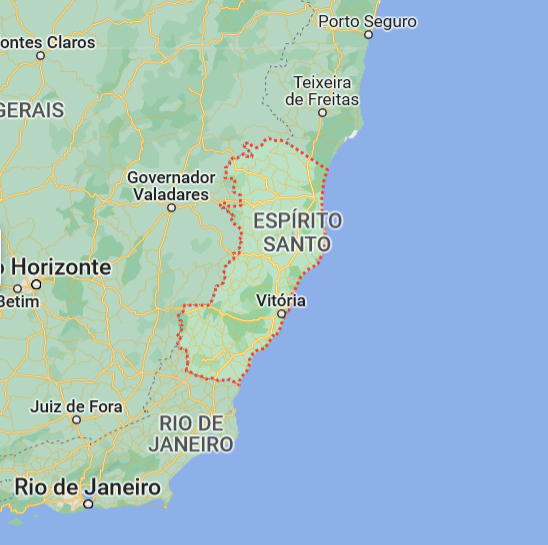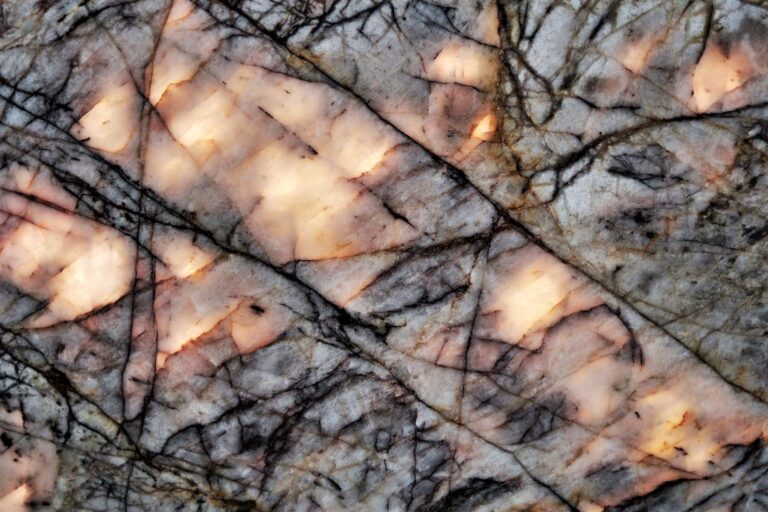good to know...
What is the Difference?
All about marble, granite, quartzite and co.
"Your house is a gallery. You are the artist."

Some information about the place of origin
"Espirito Santo"
the state which can be described as brazils "heart" of stone mining
Brazil is the country which supposedly has the greatest diversity of natural stone worldwide. There you can discover an extensive range of materials, colors and variations. For that reason, countless active quarries can be found there. The “heart” of Brazil’s stone mining industry is definitely the state of “Espirito Santo”. Besides some other locations that is where most of the stone reserves are located – especially when it comes to marble and granite. So that’s the place where the journey begins: from here, every day countless tons of prestigious stones are distributed into the world.
“Espirito Santo” is located on the east coast of Brazil. It is bounded to the north by the state of Bahia, to the east by the Atlantic Ocean, to the south by the state of Rio de Janeiro, and to the west and north by the state of Minas Gerais. Its area includes the uninhabited offshore islands of Trindade and Martin Vaz. Vitória, the state capital, houses an archipelago of 34 islands and two of the most important ports in the country: Vitória and Tubarão.

These ports, along with several others in the state, form the largest port complex in South America. Eventhough stone trading plays a major role, agriculture remains the leading economic activity.
Increasingly Espirito Santo is being discovered as a touristic hotspot. For good reason. There is a lot, this state has to offer: beautiful beaches, nautical adventures, rich biodiversity, charming mountains, history and culture as well as traditional food. Also, lots of free-time activities are being offered.




